Beneath the surface of our favorite fairy tales lie hidden stories that are often darker and more intricate. These original versions, passed down through generations, reveal surprising twists and deeper moral lessons. From grim endings to unexpected twists, these tales have more to them than meets the eye. Join us as we uncover the hidden stories behind classic fairy tales.
Cinderella
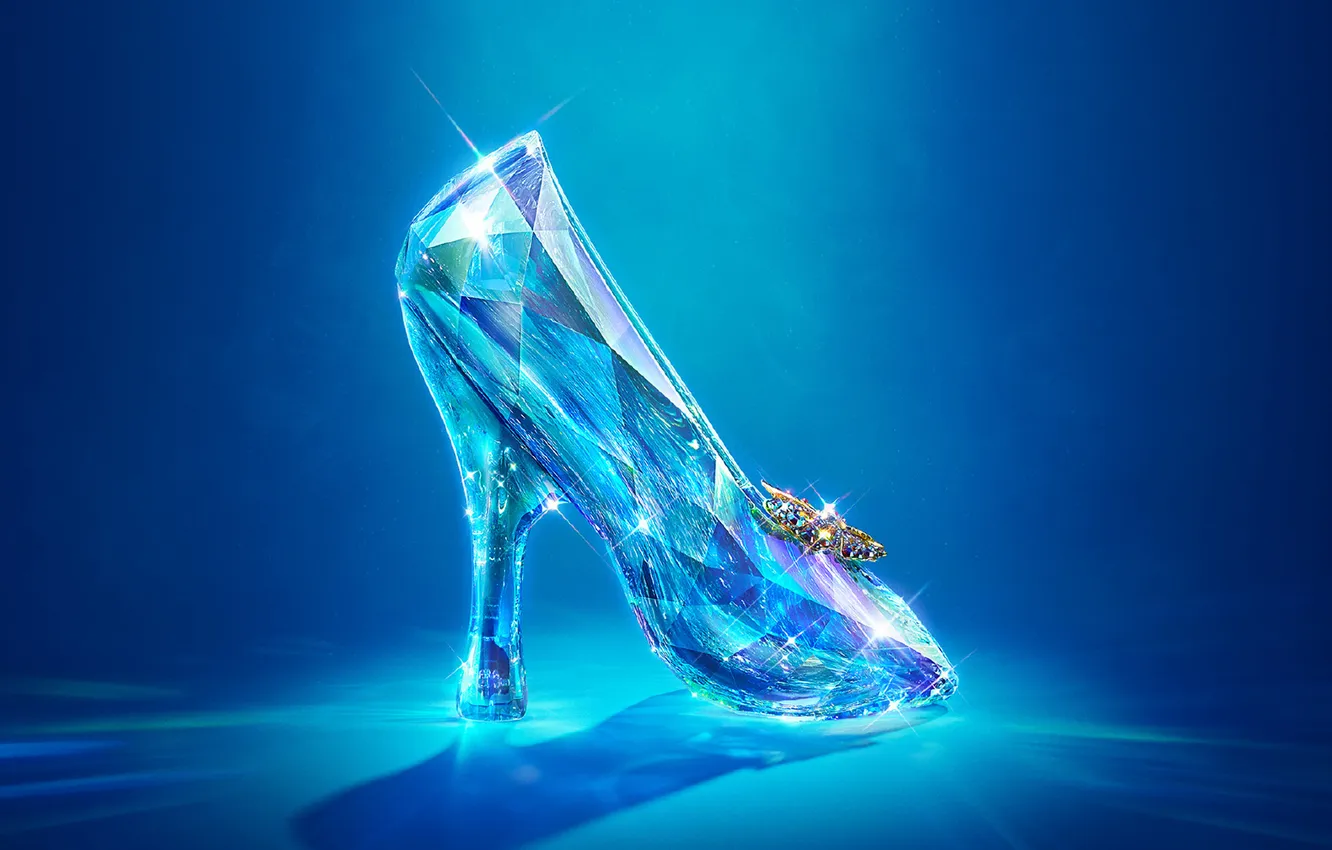
The original Cinderella story, recorded by the Brothers Grimm, is much darker than the Disney version. In the Grimm tale, Cinderella’s stepsisters mutilate their feet to fit into the glass slipper. Birds help reveal the deception, and the stepsisters meet a gruesome end at Cinderella’s wedding. This version underscores the brutal consequences of deceit and vanity.
Snow White
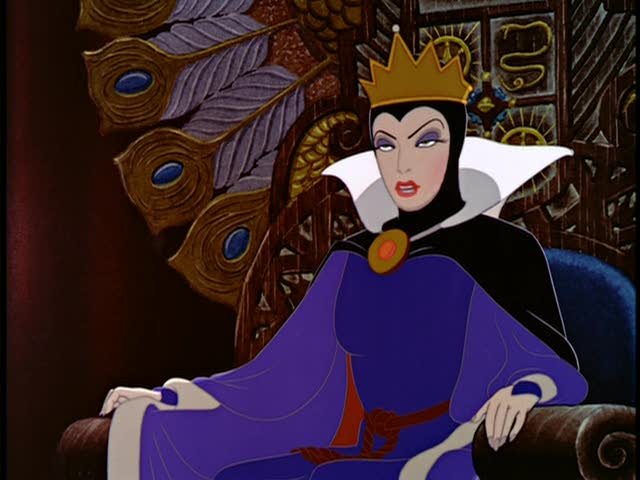
In the Grimm version of Snow White, the Evil Queen is Snow White’s biological mother, not her stepmother. The Queen orders a huntsman to bring back Snow White’s lungs and liver as proof of her death. Instead of a kiss, Snow White awakens when the prince’s servants trip over a tree root and dislodge the poisoned apple from her throat. The tale concludes with the Queen being forced to dance in red-hot iron shoes until she dies.
Sleeping Beauty
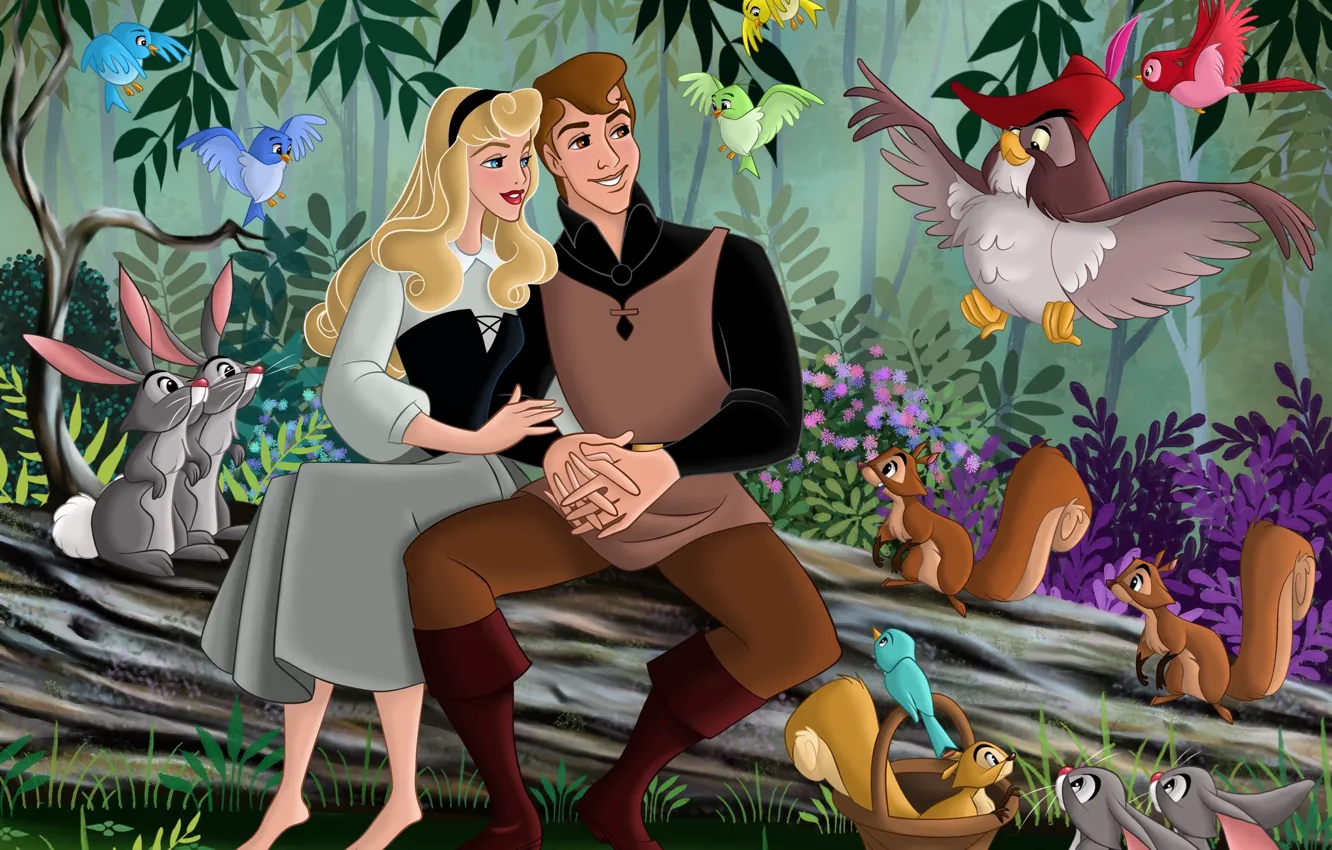
Charles Perrault’s version of Sleeping Beauty includes a sinister twist after the princess awakens. The prince’s mother is an ogress who tries to eat the princess and her children. The tale combines elements of romance and horror, highlighting the dangers that lurk even after the “happily ever after.” The ogress meets her end by throwing herself into a pit of snakes.
Little Red Riding Hood
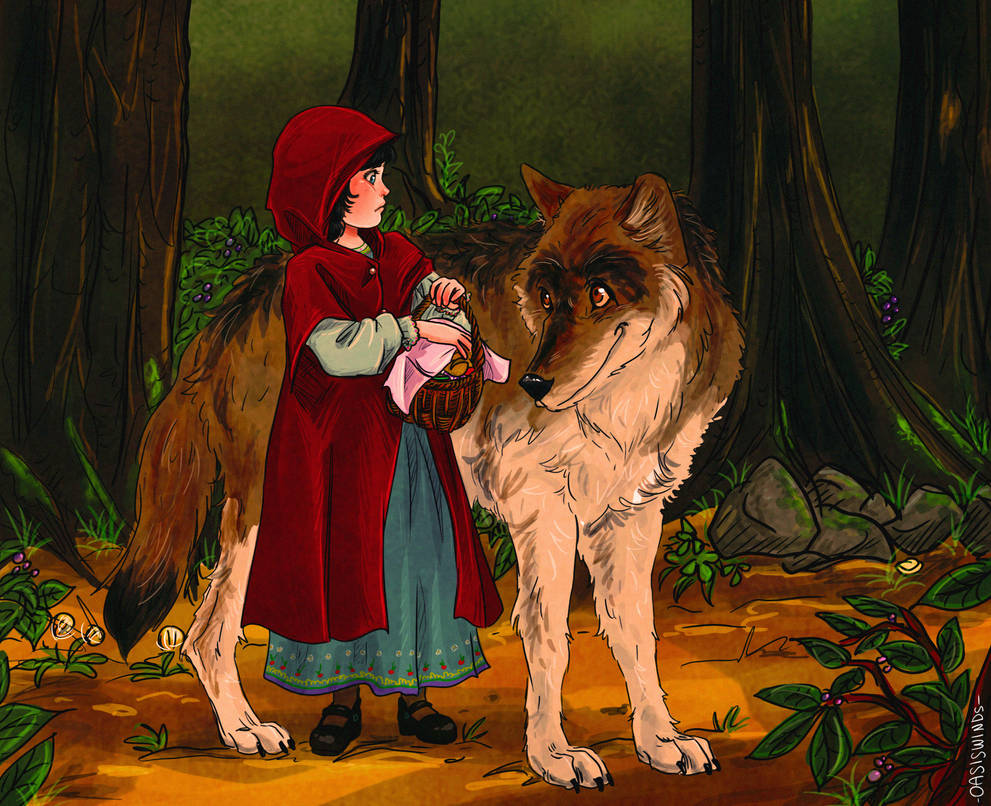
The earliest versions of Little Red Riding Hood were cautionary tales about the dangers of talking to strangers. In some versions, Red Riding Hood is tricked into eating her grandmother and then devoured by the wolf. These versions emphasize the peril of naivety and the importance of vigilance. It wasn’t until later adaptations that the huntsman character was introduced to save the day.
Hansel and Gretel
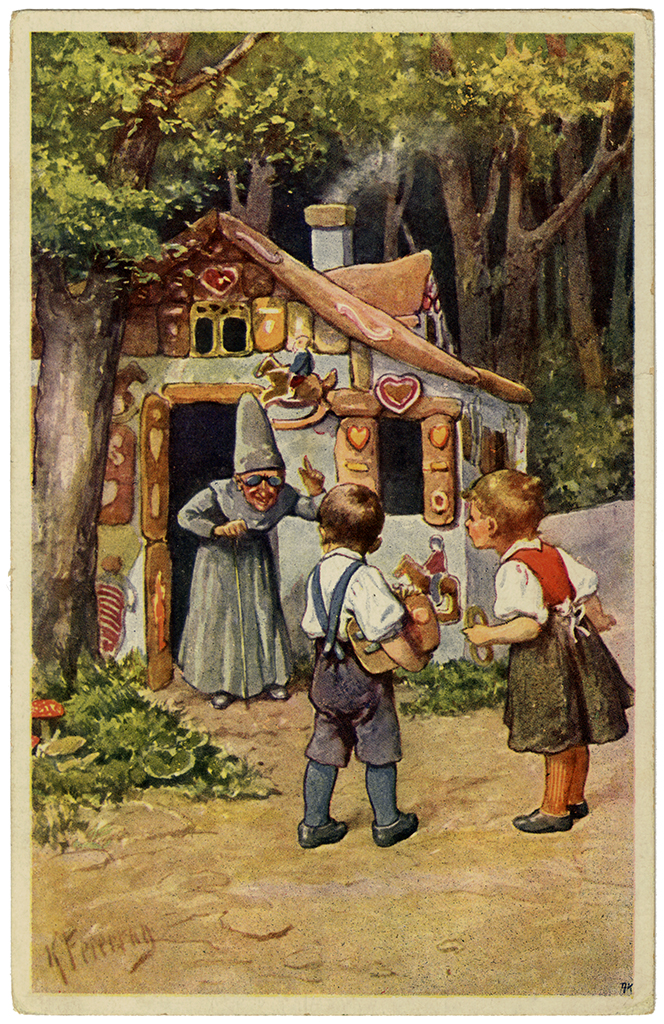
The Grimm Brothers’ Hansel and Gretel is a dark tale of famine and survival. The siblings are abandoned in the forest by their parents, who cannot afford to feed them. The witch in the gingerbread house plans to eat the children, but they outwit her and escape. This story reflects the harsh realities of medieval European famines.
Rapunzel
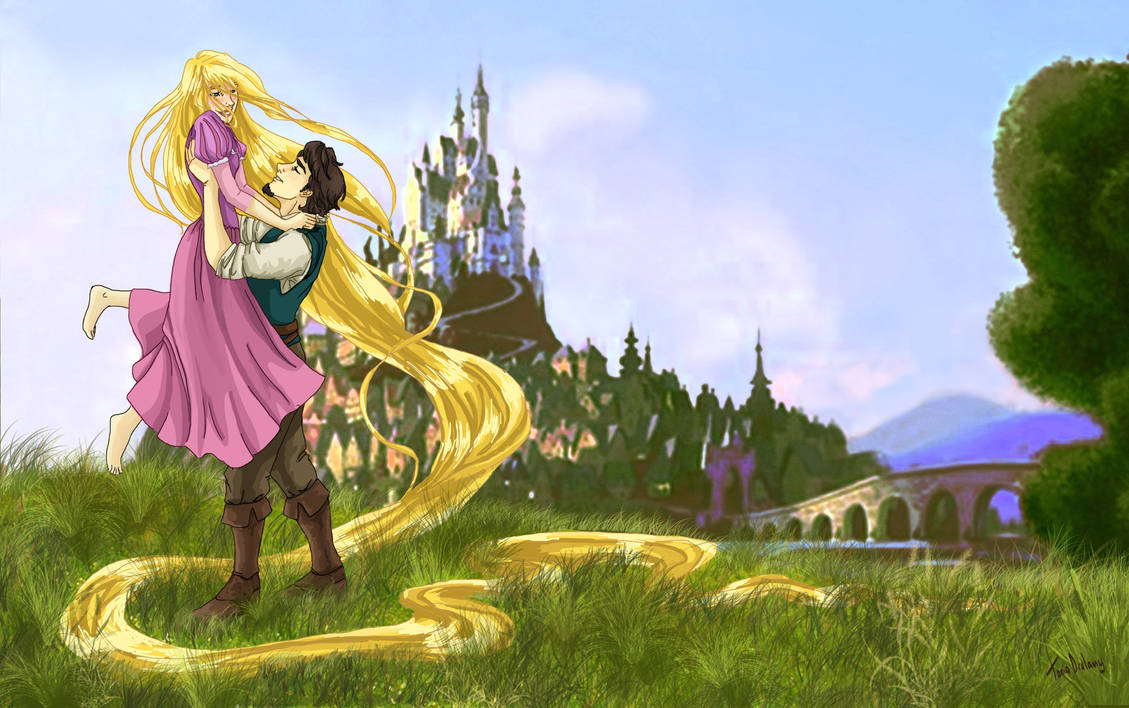
In the original Grimm tale, Rapunzel unwittingly reveals her prince’s visits by naively asking why her clothes are getting tighter. The witch then banishes Rapunzel to a desolate land and blinds the prince. Their reunion and the restoration of the prince’s sight through Rapunzel’s tears add layers of redemption and healing to the tale.
The Little Mermaid
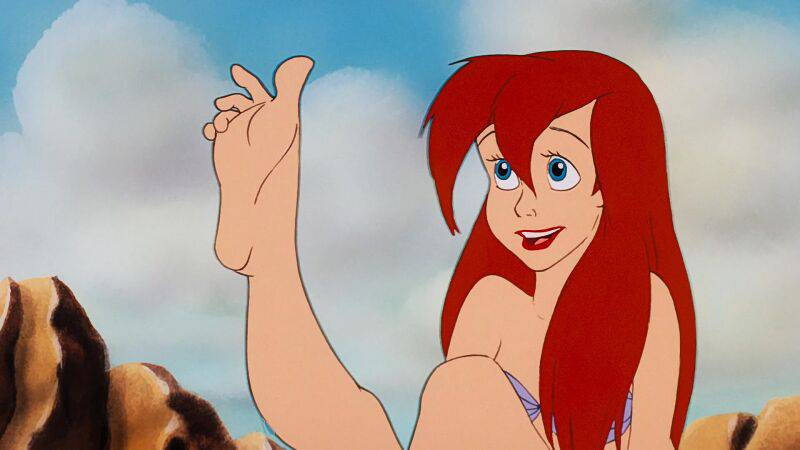
Hans Christian Andersen’s version of The Little Mermaid is far more tragic than Disney’s adaptation. The mermaid sacrifices her voice to gain human legs but suffers excruciating pain with every step. If the prince marries another, she will die and turn into sea foam. In the end, she chooses not to kill him to save herself and becomes a spirit of the air, gaining a chance at an immortal soul.
Beauty and the Beast
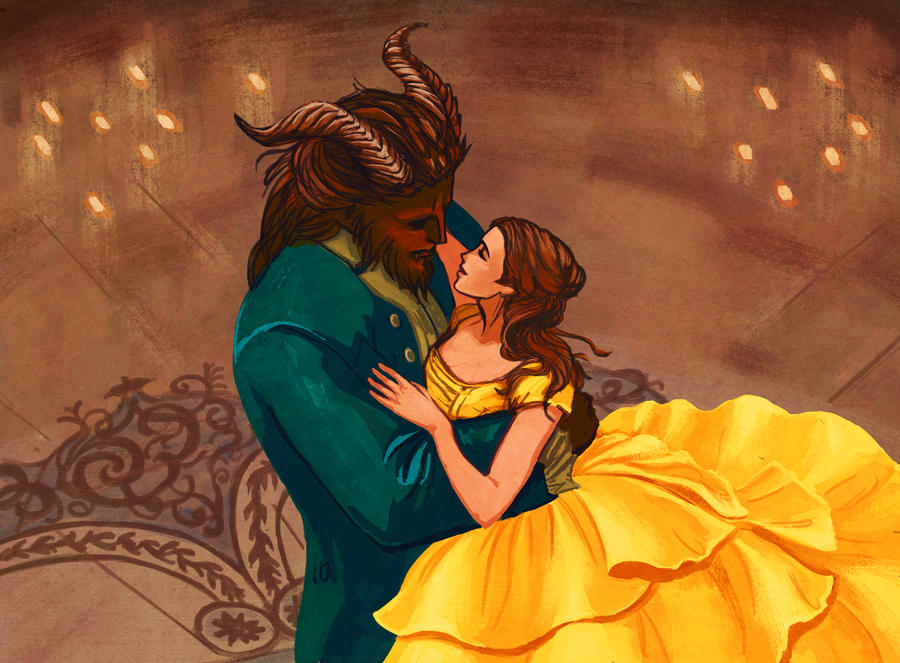
The original Beauty and the Beast by Jeanne-Marie Leprince de Beaumont was written to teach young girls to look beyond appearances and virtues. Beauty’s sisters are jealous and selfish, contrasting with her kindness. The Beast, initially a prince, is cursed due to his own lack of compassion. The story explores themes of redemption and the transformative power of love.
The Pied Piper of Hamelin
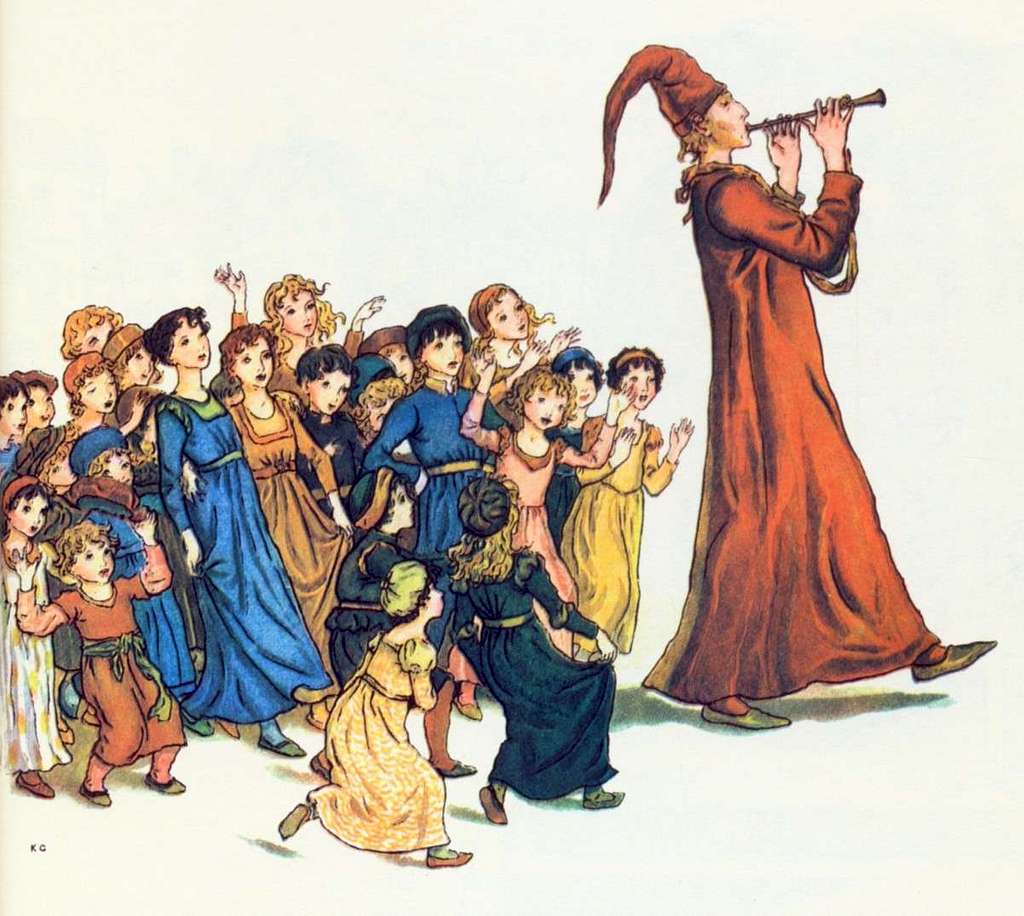
This story, based on a German legend, tells of a town that hires a piper to rid them of a rat infestation. When the town refuses to pay, the piper leads the children away, never to be seen again. This dark tale serves as a warning about the consequences of breaking promises and the importance of keeping one’s word.
Rumpelstiltskin
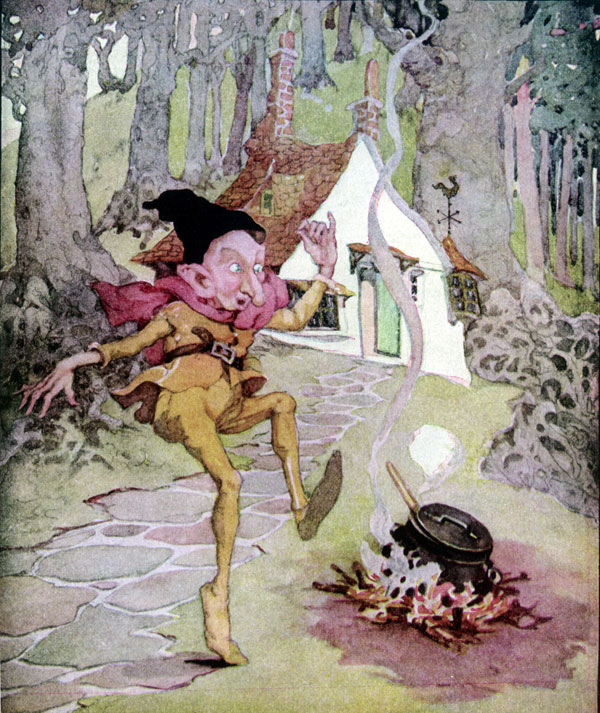
In this Grimm tale, a miller lies about his daughter’s ability to spin straw into gold. A dwarf, Rumpelstiltskin, offers his help in exchange for her firstborn child. When the time comes, she can keep her child only if she guesses his name. The story emphasizes the dangers of deceit and the power of knowledge.
Bluebeard
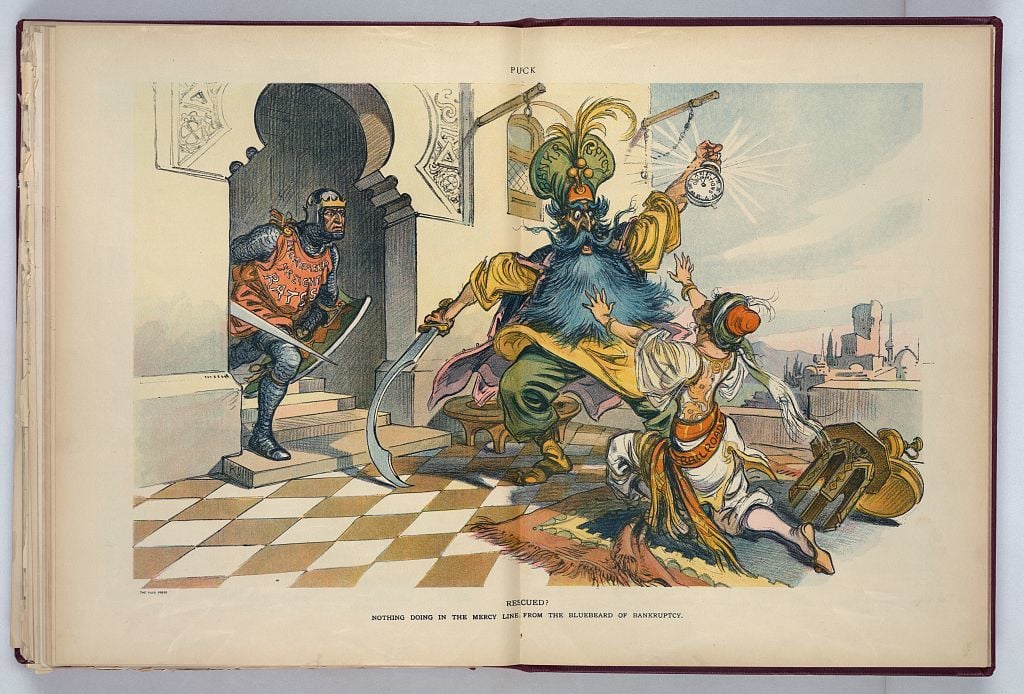
Charles Perrault’s Bluebeard tells of a wealthy man with a blue beard who marries multiple women who mysteriously vanish. His latest wife discovers their bodies in a forbidden room. She narrowly escapes becoming his next victim through the help of her brothers. This grim tale underscores the importance of curiosity and the perils of blind trust.
Jack and the Beanstalk
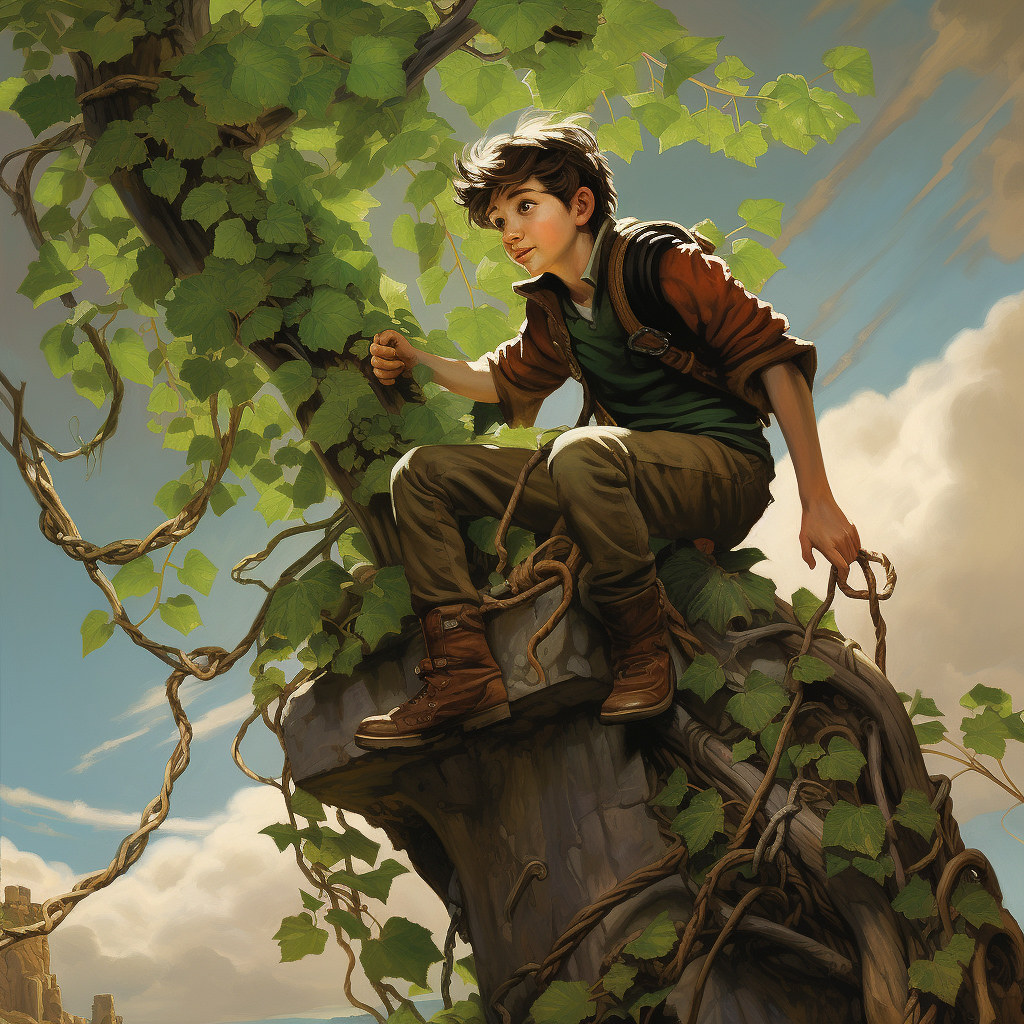
The original tale portrays Jack as a somewhat mischievous and morally ambiguous character. He steals from the giant and ultimately kills him, raising questions about the ethics of his actions. The story reflects themes of resourcefulness and the thin line between heroism and wrongdoing.
The Frog Prince
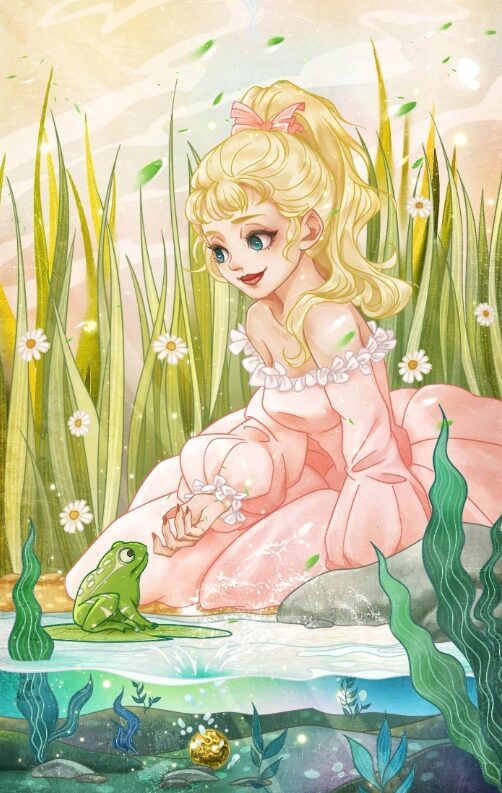
In early versions, the princess does not kiss the frog to break the spell. Instead, she throws him against a wall in disgust, and he transforms into a prince. This version highlights themes of transformation and the often harsh path to redemption.
The Twelve Dancing Princesses
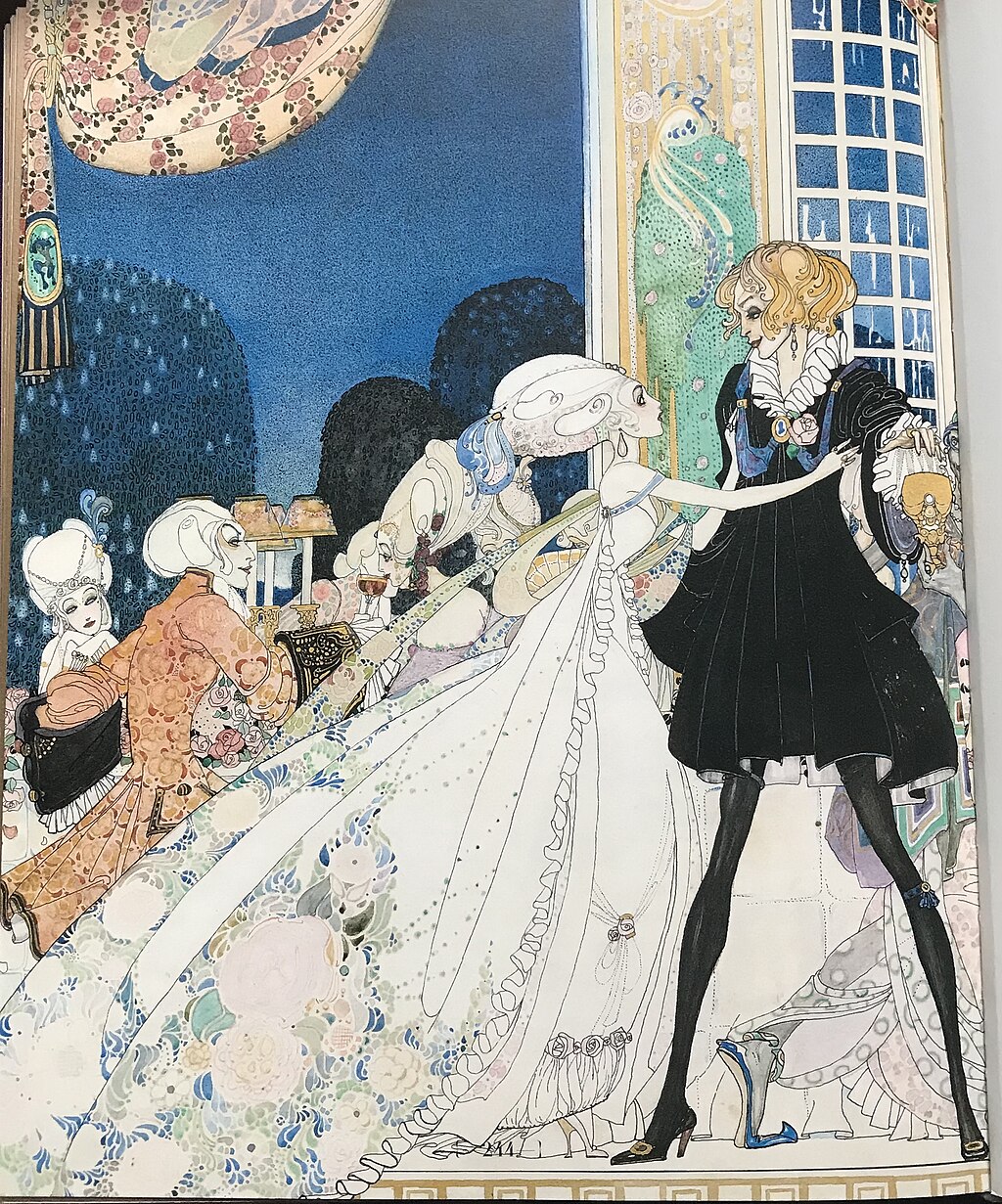
In the Grimm Brothers’ version, twelve princesses are discovered sneaking out each night to dance with princes in an underground realm. A soldier uncovers their secret, leading to their magical nightly escapades ending. This tale explores themes of secrecy, disobedience, and the consequences of hidden desires.
The Goose Girl
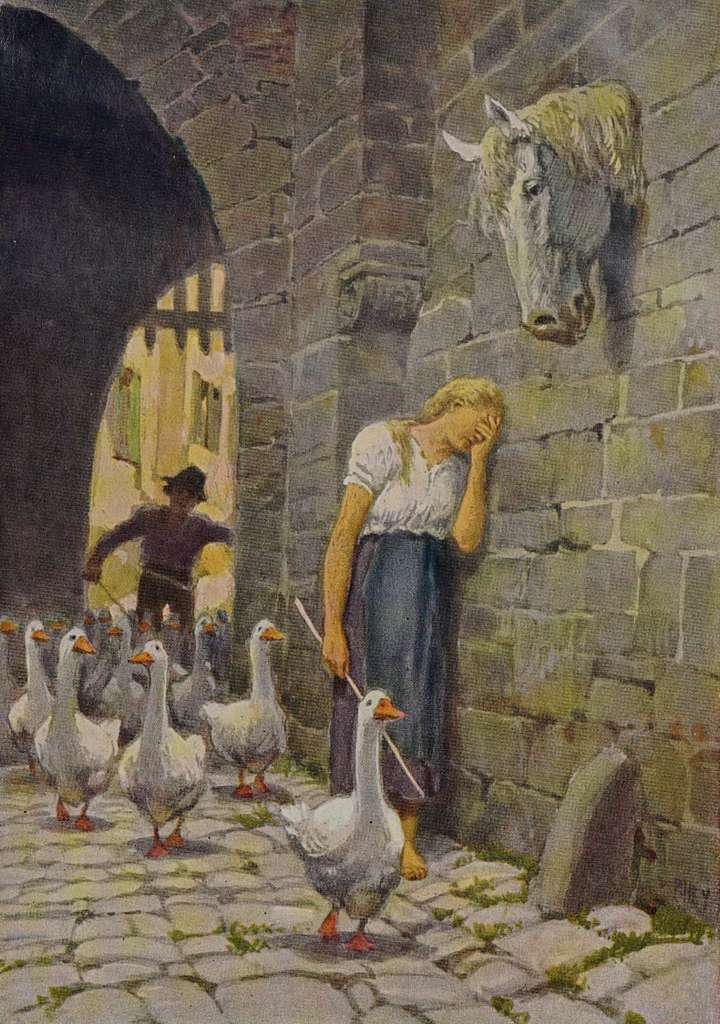
In the Grimm tale, a princess is betrayed by her maid on the way to her wedding. The maid takes her place, and the princess is relegated to tending geese. The story highlights themes of identity, betrayal, and the ultimate triumph of justice.
Thumbelina
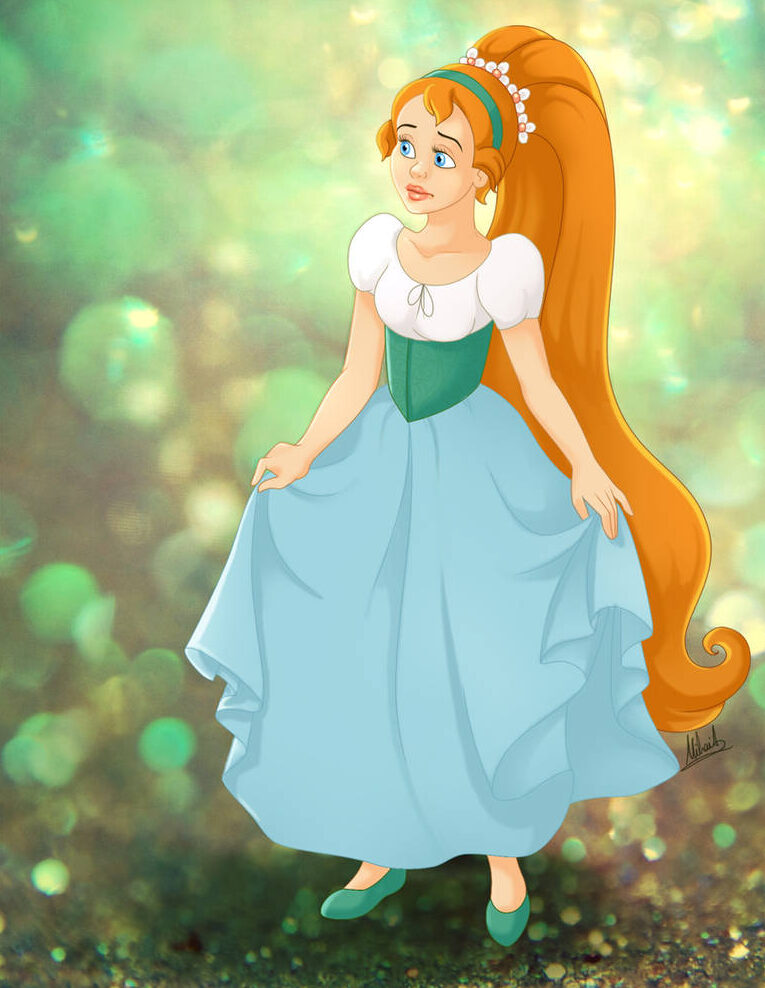
Hans Christian Andersen’s Thumbelina faces numerous trials, including forced engagements to undesirable creatures. Her journey highlights her resilience and the kindness of those who help her along the way. The tale celebrates perseverance and the pursuit of true love.
The Ugly Duckling
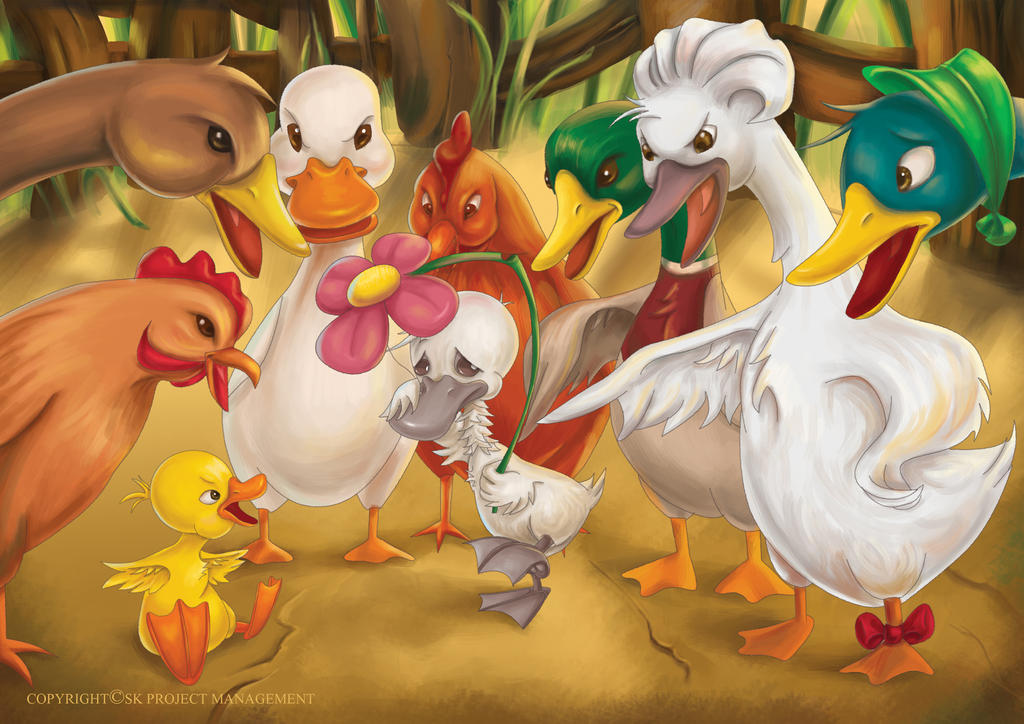
Andersen’s The Ugly Duckling is a story about personal transformation and self-acceptance. The ugly duckling endures ridicule and hardship before maturing into a beautiful swan. This tale underscores the importance of inner growth and the realization of one’s true potential.
The Princess and the Pea
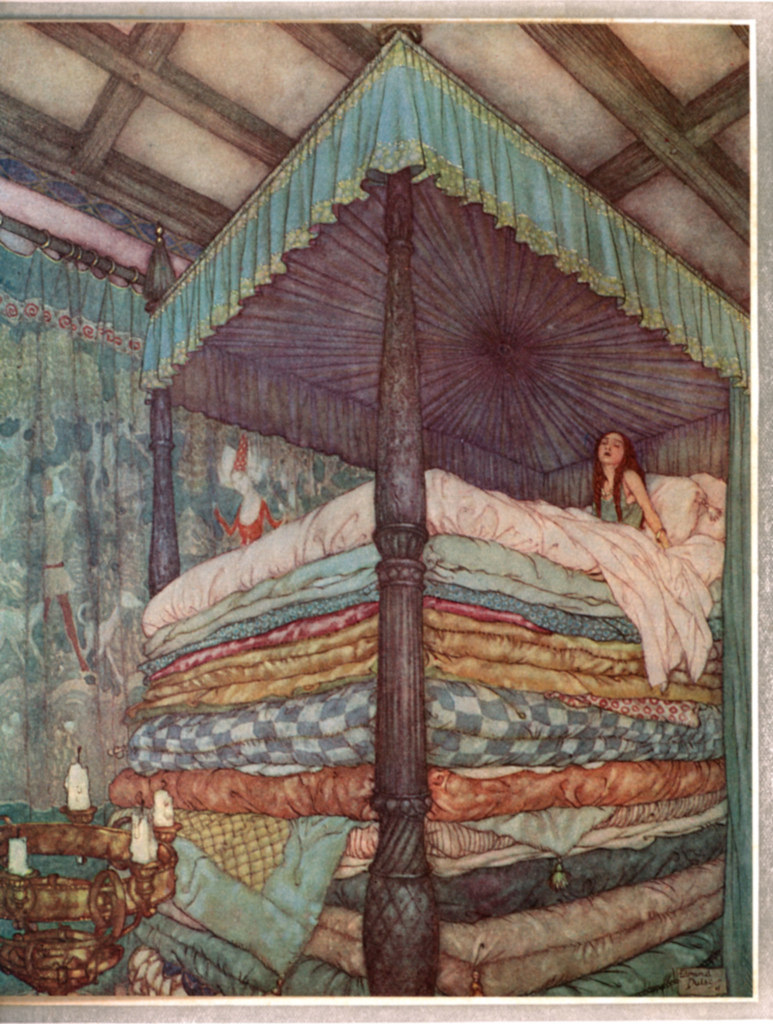
This story, also by Andersen, is a brief but insightful commentary on sensitivity and true nobility. A princess’s identity is confirmed by her ability to feel a pea through many mattresses. The tale humorously critiques the arbitrary nature of royal identity and true sensitivity.
Puss in Boots
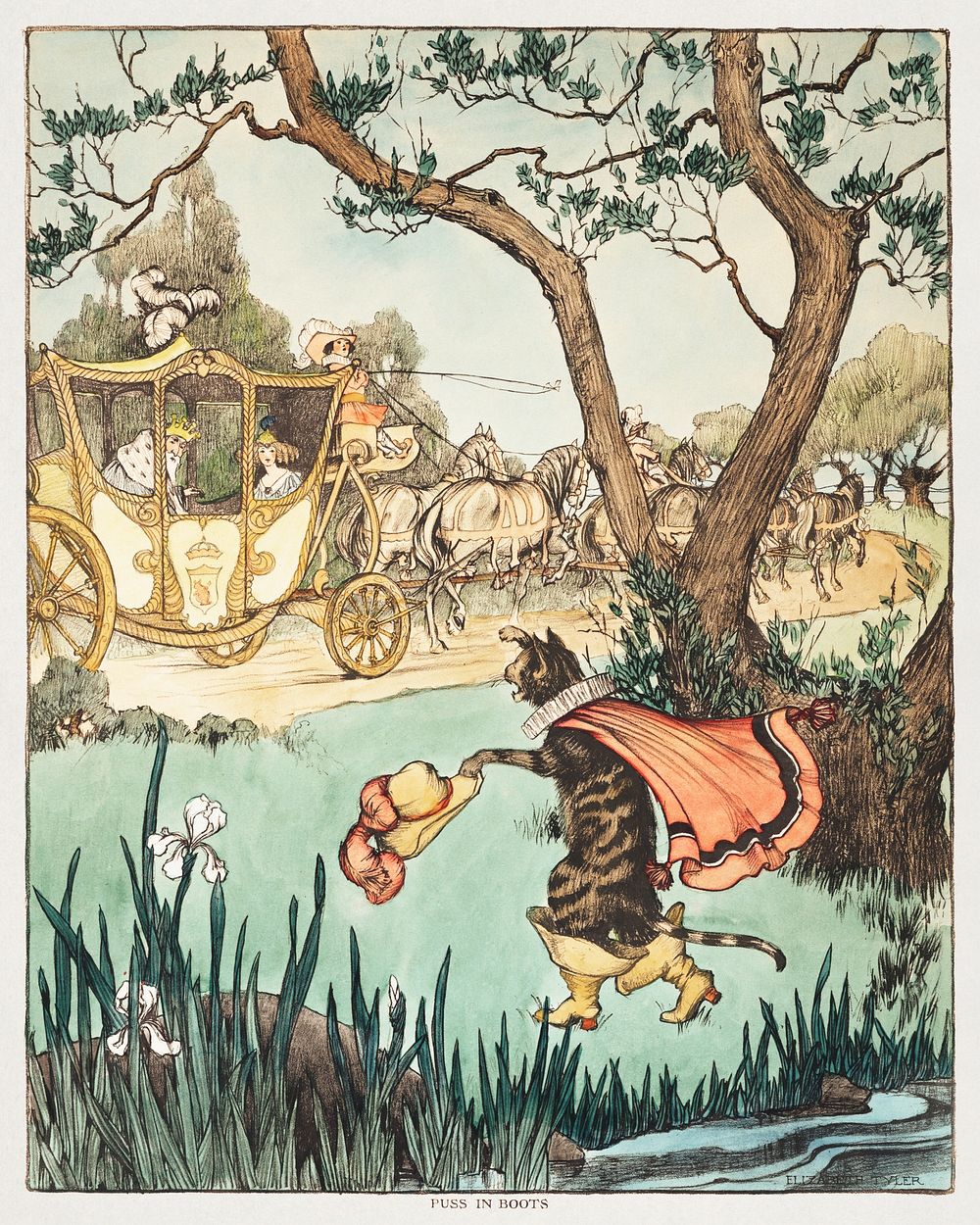
In Charles Perrault’s version, a clever cat uses trickery and deceit to gain wealth and power for his lowly master. The story celebrates wit and ingenuity, showing how intelligence can elevate one’s social status. It also highlights the value of loyalty and resourcefulness.
Goldilocks and the Three Bears
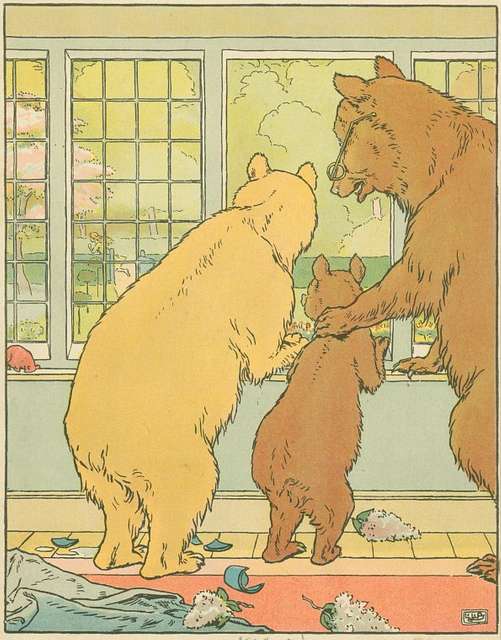
The original Goldilocks story features an elderly woman, not a young girl, who invades the bears’ home. She is portrayed as a trespasser, and her actions lead to various outcomes, from escaping to being caught. The tale explores themes of respect for others’ property and the consequences of one’s actions.
This article originally appeared on UnifyCosmos.
More from UnifyCosmos
21 Sweet Treats from Island Nations Around the World

Join us as we explore a delectable array of sweets from island nations, each with its own story and distinctive taste. Read more!
20 Exotic Fruit Desserts from Around the Globe

Discover the world’s most extraordinary fruit desserts and let your taste buds travel the world. Read more!
24 Iconic Tea Blends and Their Cultural Stories

In this article, we’ll explore famous tea blends from around the globe, uncovering their rich histories and the cultural significance they hold. Read more!
Leave a Reply